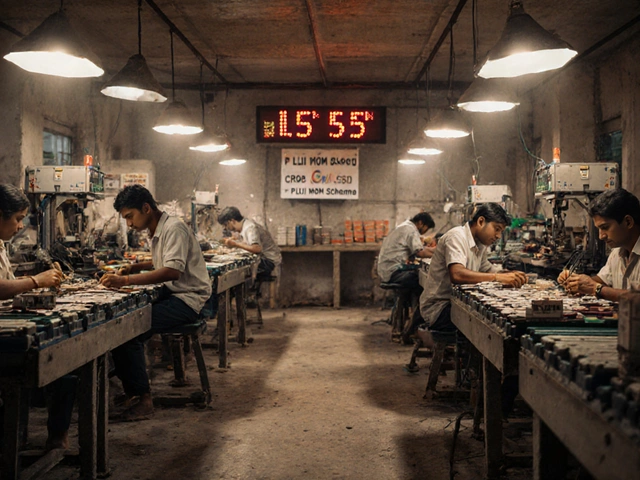Small Scale Manufacturing: What You Need to Know
If you’re eyeing a business that fits a modest budget yet offers real growth, small scale manufacturing might be the sweet spot. It means producing goods with limited capital, a small team, and a focus on niche markets. Think of it as the bridge between a home shop and a big factory.
Why does it matter? In India, small scale industries generate a huge chunk of employment and fuel local innovation. They can respond fast to market trends, experiment with new designs, and keep overhead low. That agility often translates into higher profit margins compared to larger, slower operations.
How to Start Your Small Scale Manufacturing Business
First, pick a product that solves a problem or satisfies a trend. Do a quick market scan – look at what people are searching for, what’s missing from local stores, and where you can add value. Next, map out your costs: raw material, equipment, labor, and any licensing fees. Keep the numbers realistic; a common mistake is under‑estimating hidden expenses like electricity or waste disposal.
Once the budget is set, secure a small workshop space. It doesn’t have to be fancy – a garage, a rented unit, or a shared industrial hub works. Register your business under the MSME category to enjoy tax breaks and easy credit options. Then, source reliable suppliers and test a few prototype batches. Quality checks at this stage save you headaches later.
Don’t forget the paperwork. Obtain a factory licence, pollution control clearance if needed, and any specific certifications for your product (like food safety for edible items). A clear compliance checklist keeps the launch smooth and avoids costly fines.
Top Profitable Products for Small Scale Producers
Eco‑friendly products are hot right now. Think biodegradable cutlery, reusable cloth bags, or solar‑powered gadgets. Consumers are willing to pay a premium for green alternatives, and the raw materials are often cheap.
Personalized items also sell well. Customized phone cases, engraved metal accessories, or tailor‑made home décor let you charge higher margins because each piece feels unique to the buyer.
Home‑based food items like artisanal jams, spice mixes, or healthy snack bars have low entry barriers. With proper packaging and a story about local sourcing, you can tap into the growing health‑conscious crowd.
Another winner is small‑batch industrial components – things like precision metal brackets or plastic casings for niche equipment. Companies often outsource these parts, and they’re willing to pay for consistency and quick turnaround.
Whatever you choose, focus on a product that you can produce consistently, market easily, and improve over time. Start with a limited SKU range, master the process, then expand.
Running a small scale operation means wearing many hats: designer, manager, accountant, and marketer. Use affordable tools – free accounting software, social media for promotion, and online marketplaces to reach customers beyond your town.
Keep an eye on cash flow. Track every expense and invoice, and aim for a break‑even point within the first six months. Reinvest early profits into better equipment or a larger inventory to fuel growth.
Finally, stay adaptable. Market demand shifts, new tech arrives, and regulations change. The small scale model lets you pivot faster than a big corporation, so use that advantage to experiment and stay ahead.
















